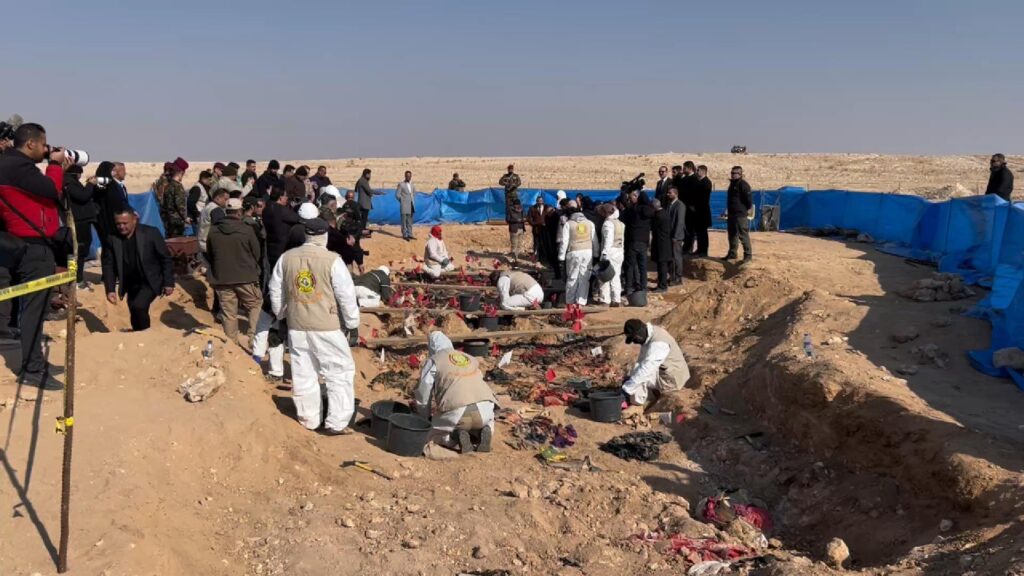Anchored in local reality: Case studies on local humanitarian action from Haiti, Colombia, and Iraq
Sabina Robillard, Isabella Jean, Tara Gingerich, Carlos Esteban Mejía, Ledis Bohórquez Farfan, Daryl Grisgraber, Tonny Joseph, and Daniel Maxwell
Executive Summary
Critiques of international humanitarian aid have long suggested that it needs to be more inclusive of actors from crisis-affected countries. Increased attention to this issue over the past decade or so has coalesced into a set of agendas often referred to as the “localization” of humanitarian assistance, “local humanitarian leadership” (LHL), and “local humanitarian action” (LHA). However, there is little consensus about key definitions and concepts related to these terms. What does “local” actually mean? Who qualifies as a “local humanitarian actor”? What are the goals of these agendas? In general, these conversations have been led by and focused on the experiences of international humanitarian actors, which in turn has shaped the discourse about both the status quo and necessary reforms. Recently, there have been increased efforts to re-center the voices of local humanitarian actors in these conversations.
In 2019, Oxfam and the Feinstein International Center, Friedman School of Nutrition Science and Policy at Tufts University collaborated on a study to listen to the perspectives of a diverse group of local humanitarian actors on how they define local humanitarian action; what they see as the primary barriers and opportunities for local humanitarian leadership; and what they think are the priorities for future research and discussion. The study was organized around case studies of three different humanitarian response efforts:
- The response to Hurricane Matthew in the Sud region of Haiti;
- The response to the migrant crisis and displacement from multiple conflicts in Colombia; and
- The response to mass internal displacement as a result of conflict with ISIS in Iraq and the Kurdistan Region of Iraq (KRI).
The methodology was designed to be flexible and let the local actors drive the direction and priorities of the conversations, which led to three very different case studies. Despite their differences, patterns in narratives and observations emerged across the three cases. A summary of these findings includes the following:
Local humanitarian actors are not a homogenous group. It is important to understand the layers of identity and how they contribute to power dynamics and relationships among them. Even the term “local humanitarian actor” does not capture the social and relational aspects of who is considered local; the term also may exclude groups that do not identify as humanitarian but nonetheless play critical roles in crisis response;
International actors are also not homogenous and can have both positive and negative effects on local humanitarian action and leadership. In the opinion of many local actors, in order to have a positive effect, international actors should engage before (or between) crises on issues that would not typically be considered humanitarian, such as governance or resilience;
Although the literature focuses on the international systems and actors as barriers to local humanitarian leadership, many local actors saw their governments as posing equal, if not greater, challenges to local humanitarian action. However, frustrations with the state were not generally seen as justification for international actors to bypass state authority during crises. Many saw reforms to government systems as essential to ensuring effective and principled local humanitarian leadership;
It was often challenging to say whether responses were locally led, because each humanitarian response is made up of countless separate efforts, many of which are locally led. However, in our case studies, it did not seem as if the majority of resources, or even decisions about those resources, were directed by local actors; and
Although many local humanitarian actors considered funding and resources to be essential in humanitarian action, almost all respondents placed a greater emphasis on having access to, and their voices respected in, spaces of humanitarian decision-making.
Although we cannot draw conclusions beyond the scope of the specific cases we studied, they can contribute to the broader discussion on humanitarian reform related to local humanitarian leadership. Recommendations include:
It is important for practitioners, researchers, and policy-makers to be aware of how one defines and understands who is a local humanitarian actor to ensure that important nontraditional or informal actors are not being excluded;
Significant reforms are still necessary to make international funding, coordination, and partnership structures more transparent, consistent, and accessible to diverse local actors;
There may need to be greater focus on reforms within affected governments in order to enable more effective local humanitarian leadership and action;
International actors may need to be more adaptable and willing to play nontraditional roles if they are to support local humanitarian action;
All types of actors must move away from transactional relationships in humanitarian crises and toward more equitable ones;
Funders and implementing organizations need to increase investments in partnerships, networks, coordination mechanisms, and mutual capacity strengthening before (or between) crises; and
Additional research about the roles and experiences of marginalized groups and nontraditional and informal actors in the context of local humanitarian action could help inform localization reforms.
Three years after the World Humanitarian Summit, a range of actors, particularly local actors, have questioned the progress and impact of localization, LHL, and LHA. As the entire international humanitarian community reflects on that progress, this research suggests that more conversations with local actors in a variety of contexts can better inform and shape discussions and decisions going forward.



